Granada, Nicaragua and the Cafe de Sonrisas
Granada, Nicaragua and the Cafe de Sonrisas
My day in Granada began with lunch at the Cafe de Sonrisas, or the Cafe of Smiles. I ate roast chicken, rice, tortillas, and fruit, but it is not the food that is significant about this cafe. No, what is incredible is that its employees are disabled, the majority of them being hearing impaired.
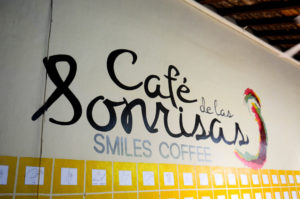
The Beginnings of Centro Tio Antonio
Tio Antonio, a Spaniard that will proudly tell you he’s from the city with the best soccer team in the world (Barcelona!), began the Centro Tio Antonio NGO when he took note of the lack of opportunities for disabled persons in Nicaragua. He bonded with one hearing impaired child in Granada and helped them get access to education. This one child led to Antonio helping and feeding over 240 children.
Antonio encouraged disabled members of the community to go out and interview for jobs, but when they all came back having been ridiculed, he created means of employment for disabled persons in the city of Granada.
He opened the Cafe de Sonrisas with menus consisting of photos that patrons can point to when ordering, along with symbols indicating dietary restrictions. The walls and tables of the cafe are adorned with diagrams of sign language, and the phrase “no hay lenguaje mas universal que el de una sonrisa” is proudly displayed. For anyone needing a translation, that means that there is no language more universal than that of a smile.
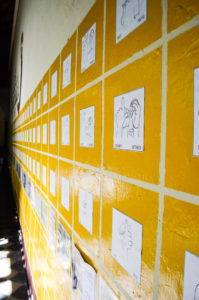
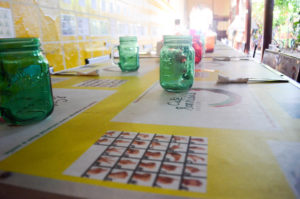
A Burgeoning Hammock Business
But Tio Antonio didn’t stop with the cafe. One day in the airport, he noticed that a large amount of tourists were leaving Nicaragua with hammocks. He also noticed that there isn’t a large market for hammocks in Granada despite a large demand, so he instructed those who needed his help to begin making hammocks.
They struggled at the beginning, and tourists bought their hammocks solely to support a good cause, but Tio Antonio didn’t want to sell pity. He wanted to sell some quality hammocks. So with the aid of Google and Youtube tutorials, they were well on their way.
One blind worker even made a hammock that was presented to the Pope by a Nicaraguan ambassador. Pretty impressive.
We were able to watch workers make hammocks in a large workshop adjacent to the cafe.
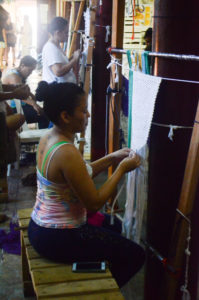
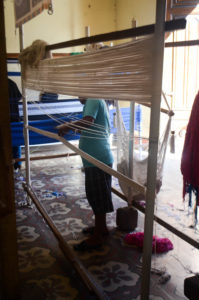
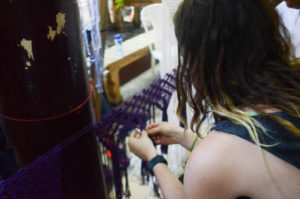
Creative Problem Solving
The organization is also working continually on a never-ending hammock. And this never-ending hammock is made entirely out of plastic bags. Tio Antonio says that he has angered Nicaraguans by saying that the country’s national flower is a plastic bag. This is a funny statement, but he has done a superb job of addressing the problem.
The organization allows children to bring in plastic bags to use as currency in a little store, and they also host an event where community members can buy a full lunch if they bring in a certain amount of plastic bags.
These bags go into the never-ending hammock that visitors to the cafe help to construct. My group took turns weaving a small part of the hammock, and we earned little certificates for our efforts. While at the cafe, we were also taught a bit of simple sign language and given signs that deaf individuals could use to identify us in lieu of spelling out names, because who has time for that? My sign stood for dimples.
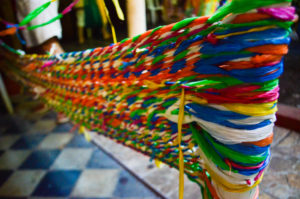
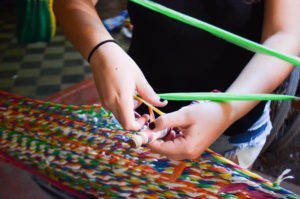
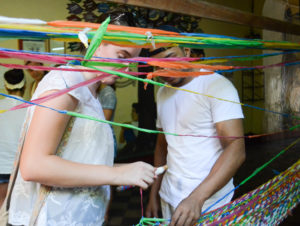

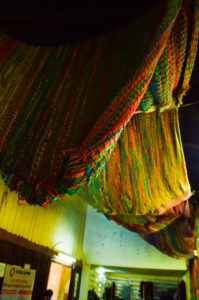
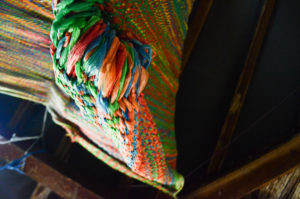
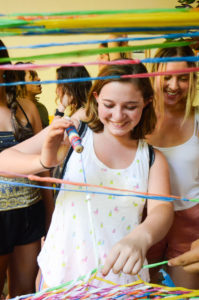
At the cafe, visitors can also lounge in this absolutely massive hammock and buy a hammock of their very own.
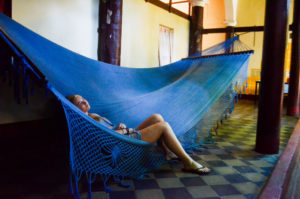
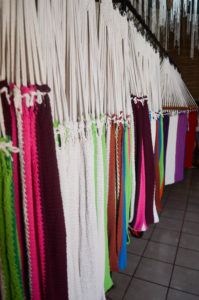
Needless to say, this organization is amazing, and the work they do should not only be applauded, but should be replicated across the globe. 99.3% of disabled people in Nicaragua are unemployed, and Centro Tio Antonio is effectively creating solutions that can be implemented on a large scale. Disabled people should not be invisible, and this organization shows that they can produce beautiful works of art.
Cafe de Sonrisas is a must visit if you find yourself in Granada.
A Walking Tour of Granada
After visiting Centro Tio Antonio, we took a walking tour of Granada that began in the main square.
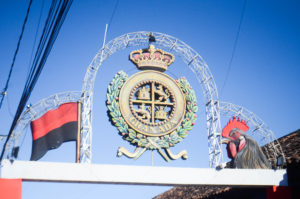
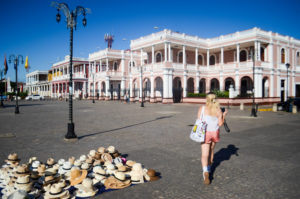

The square is filled with gorgeous colonial style buildings and a large cathedral. The three flags in the center stand for the FSLN, which is the political party in power (wouldn’t it be weird if we proudly displayed GOP flags next to each U.S. flag?), the Nicaraguan flag, and the flag of the Catholic Church (once again, yikes. separation of church and state doesn’t really exist here)
. Anyways, our guide told us how the entire city was burned in 1850 by William Walker, a U.S. Confederate that messed up large parts of Central America on a huge power trip. Cool.
Yet another thing you’ll never learn in United States public schools.
Anyways, there is a famous phrase from that time:
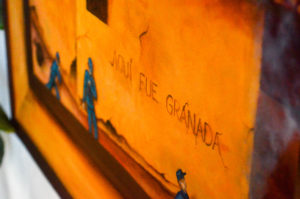
Aqui fue Granada, or here was Granada. Because the entire city went down in flames.
Eventually they were able to rebuild, but the city also saw the effects of Sandinista efforts against the Samosas during the revolution as well as the Contra War. Forgive me if all of this history is sailing over your head. It was all new to me, too.
Picturesque Streets
The tour continued on through quaint, colorful streets that begged to be captured by my camera.
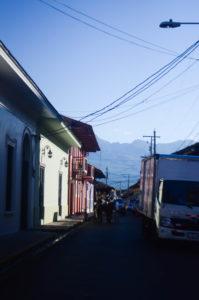
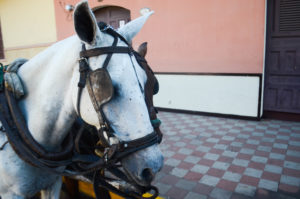
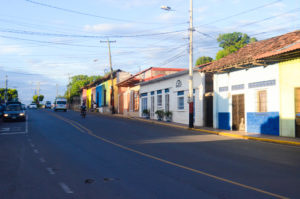
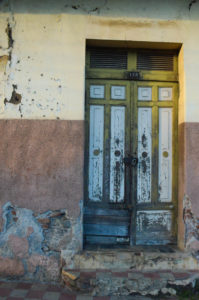
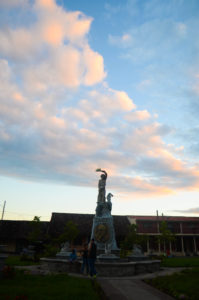
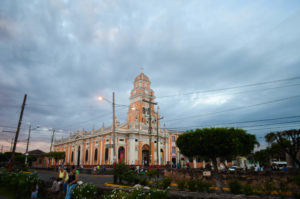
Walking through Granada feels like walking through a different time period with the only indicators of modern day being the wires overhead and the cars mingling with horse carts through the streets.
The tour also brought us to historical sights, such as the old hospital of Granada, which lies in a state of ruin since its closure in 1998, and a Spanish fort build in the 1700s.
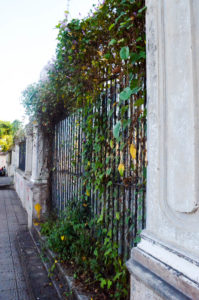
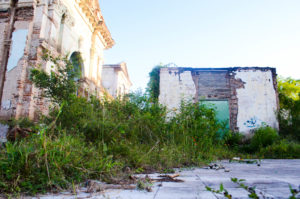
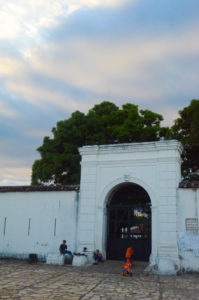
The city of Granada is both humble and grand, and will almost lead you to believe that you are walking through the streets of Spain. If you’re looking for a city rich in culture and history, add Granada, Nicaragua to your bucket list.
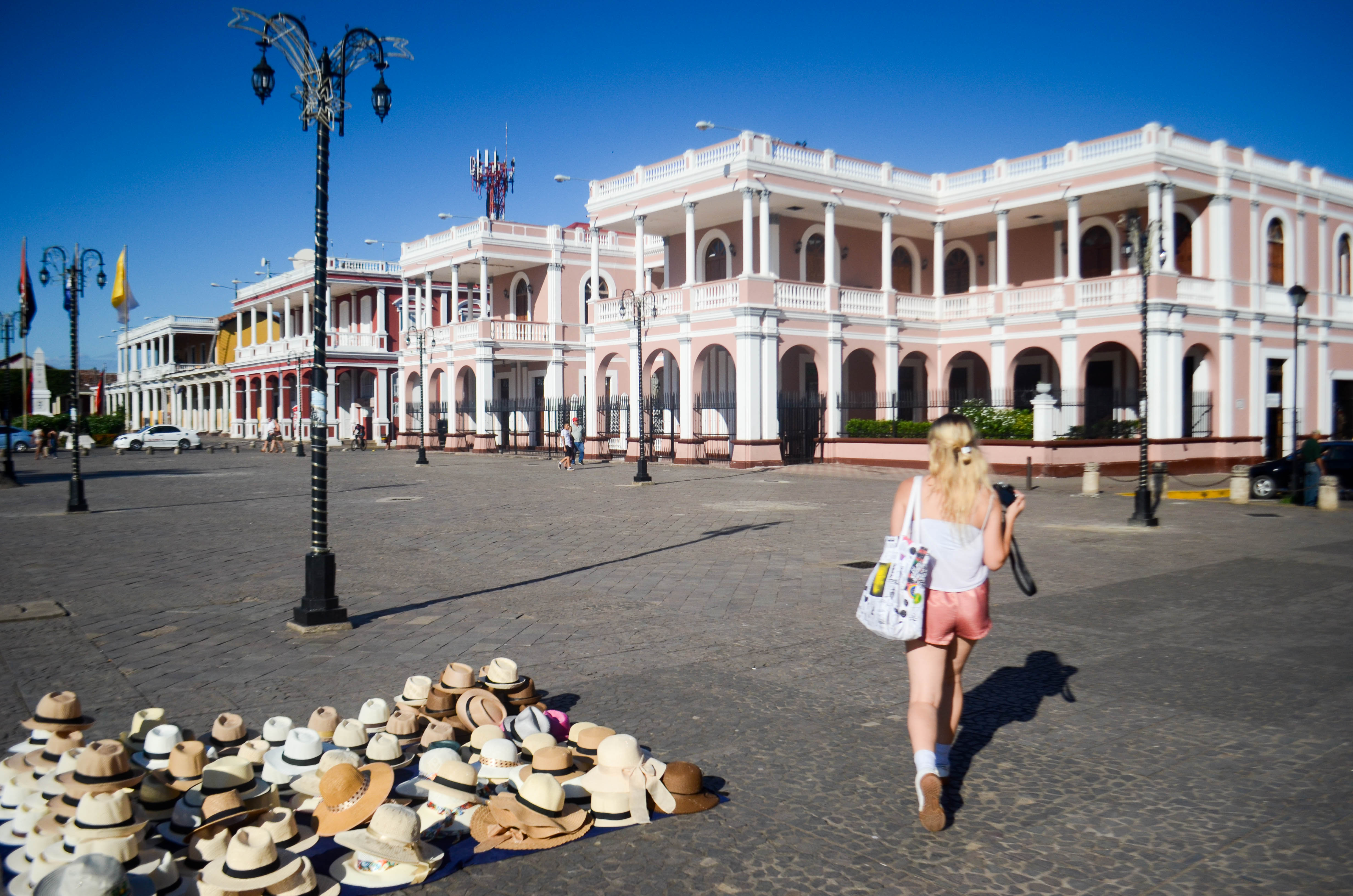
Thank you for sharing the amazing sights that you experienced on your trip. The cafe is very special and unique, giving special people a fabulous opportunity to share their value and worth, fantastic!!
Pretty! This has been an extremely wonderful article. Many thanks for providing this info.